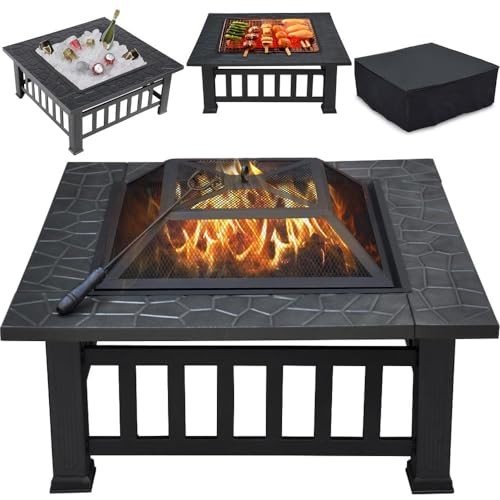Fireplaces have been an integral part of human habitation for centuries, acting as a source of warmth, a meeting place, and a symbol of convenience. While the modern variations may differ extremely from their ancient ancestors, the attraction of a fireplace withstands. This short article checks out the various aspects of fireplaces, including their history, function, types, and upkeep, while also attending to often asked questions.

Fireplaces go back to prehistoric times when open flames were used for cooking, heating, and protection from wildlife. Over the centuries, fireplaces evolved from simple fire pits to the sophisticated performances we see today. Here is a quick timeline of their advancement:
| Era | Attributes |
|---|---|
| Prehistoric Era | Open flames for warmth and cooking |
| Middle Ages | Stone and brick structures with early chimneys |
| Renaissance | Ornate mantels, social centers |
| Industrial Revolution | Varied styles, introduction of new products |
| Modern Era | Gas, electric, and bioethanol alternatives |
Fireplaces serve double functions: they offer physical heat and produce a psychological environment. Property owners typically collect around the fireplace to bond, share stories, and take pleasure in a cozy setting. The glow of a fire can be calming, adding to a sense of relaxation and intimacy. Beyond individual satisfaction, fireplaces also use functional advantages, consisting of:
Today, fireplaces are available in various styles and fuel types, accommodating a diverse variety of choices and settings. Here are some common types:
Wood-Burning Fireplaces:
Gas Fireplaces:
Electric Fireplaces:
Bioethanol Fireplaces:
| Type | Fuel Source | Functions | Upkeep Requirements |
|---|---|---|---|
| Wood-Burning | Wood | High ambiance, heat source | Routine chimney cleaning |
| Gas | Natural gas or lp | Immediate heat | Very little, periodic maintenance |
| Electric | Electrical power | Easy setup | Extremely low upkeep |
| Bioethanol | Bioethanol fuel | Ventless, portable | Low, generally cleaning |
Owning a fireplace includes certain obligations, particularly concerning its safe operation and long-term maintenance. Here are crucial maintenance ideas and security guidelines:
To minimize smoke, usage dry, seasoned wood, and make sure that your chimney is tidy and unblocked.
Never ever utilize a gas fireplace throughout a gas leakage. Instantly leave the location and contact gas services for aid.
Electric fireplaces are usually easy to install, but it is suggested to talk to professionals to make sure safety and compliance with regional building regulations.

Electric fireplaces or bioethanol models are frequently best for small areas, as they do not need substantial ventilation or structural adjustments.
Fireplaces have actually transcended their original purpose of offering heat to become treasured elements of home style and domesticity. They evoke memories of warmth, celebrations, and togetherness while supplying functional advantages that improve modern living. By comprehending the numerous kinds of fireplaces, their upkeep, and security practices, house owners can take pleasure in the timeless appeal of this precious function for generations to come.
No Data Found!

